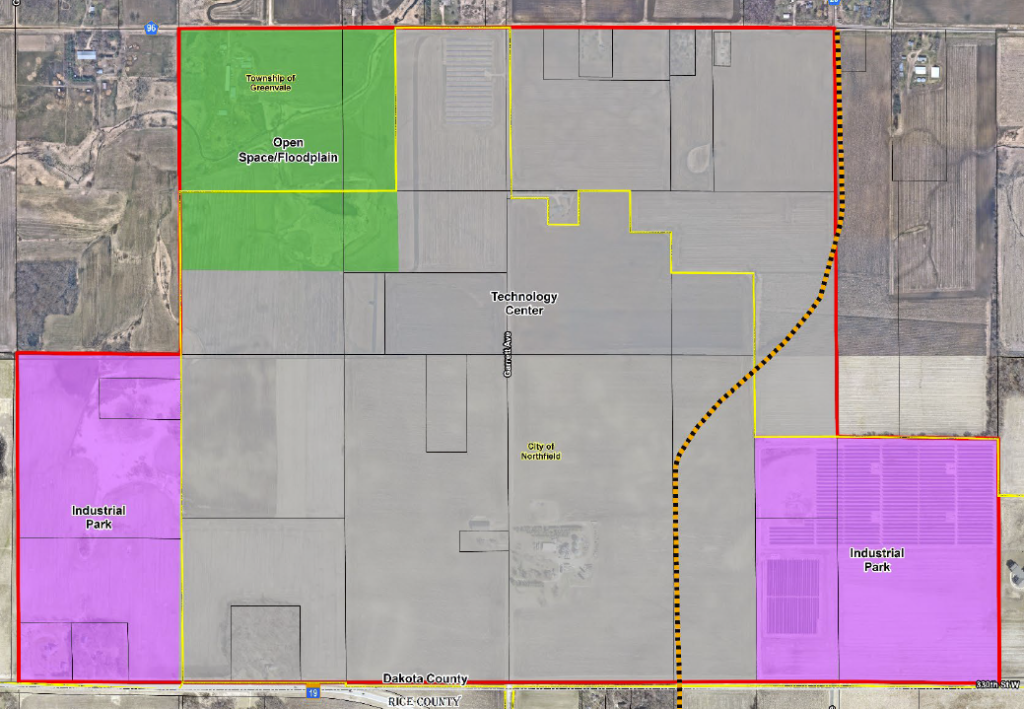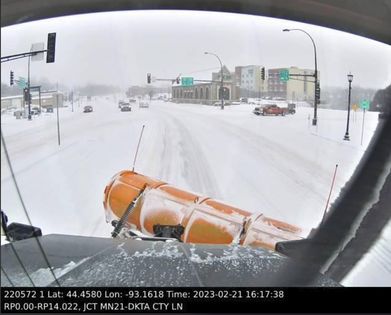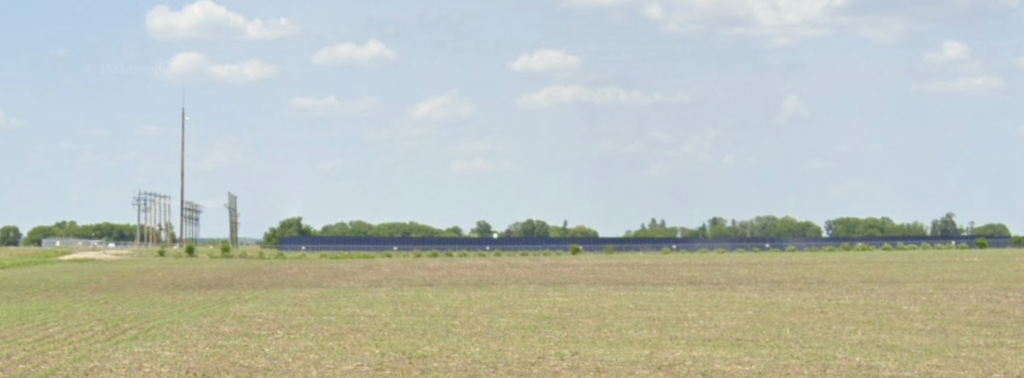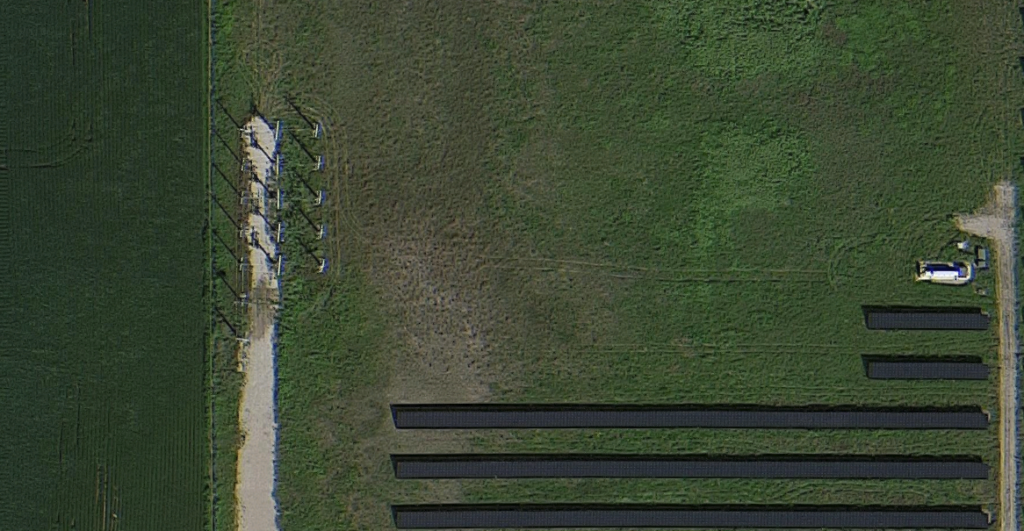Northfield AUAR Comments due soon!
February 22nd, 2023
COMMENTS DUE BY MARCH 2, 2023
Xcel-Northfield-AUAR_Scoping-EAW_20230127
Send comments to Mikayla.Schmidt@ci.northfield.mn.us and Jacob.N.Andre@xcelenergy.com
Xcel Energy is proposing changing land use just north and northwest of Northfield, adjacent to the hospital to the east, and along Hwy 19 on the southeast corner. That Xcel Energy is the proposer is significant, as “Development Scenario A: Technology Center” means a data center that would use LOADS of electricity. “Development Scenario B: Industrial Park” just doesn’t have the same Xcel Energy fingerprints on it, but of course it’s an “alternative.” Data centers use a LOT of electricity, certainly a goal of Xcel.
Remembering all the uproar about rezoning at Co. Rd. 1 adjacent to, on west side of, I-35, which has not been developed, now why this, and why there? With all the residential to the south and east of this AUAR, and the EAW notes that some of the area in question was identified in the “2011 Business and Industrial Master Plan” for “larger-scaled, industrial and corporate office use.” SCAN THE PLAN!
Note that it’s up against the hospital. A data center and industrial park seems a bit different than “industrial and corporate office use.”
Here’s the Scoping EAW from Xcel, with RGU City of Northfield — read it and consider:
What’s to consider? For comments, this is “scoping,” so it’s more of a laundry list of what’s missing, what’s been raised but needs more in-depth info, what’s inconsistent with Northfield’s land use plans, and to comment as specifically as possible. A “NOT HERE” or “I DON”T LIKE THIS” won’t cut it.
What to comment on? As is noted in the AUAR EAW, “Comments should address the accuracy and completeness of information, potential impacts that warrant further investigation and the need for an EIS.”
When I think of a data center, I think of the inherent energy sucking nature and the extreme noise, and I am reminded of the significant drainage and erosion problems in the Wisconsin solar projects — impervious surface of roads, driveways, buildings, that’s a problem (does anyone remember the drainage issues with “Grant Park” and the “Presidential” subdivision by the school?).
Regarding energy use, what’s the transmission and distribution system there? Don’t know !I went out there yesterday to have a look, but it was hard to see in the developing blizzard! Snowplow cam from about half an hour after I went through this intersection:
Couldn’t take decent photos, but a reconnoiter showed that there was no apparent transmission lines in, just a low kV line across the top, along 320th Street. Would that be sufficient? I sent a data request to Xcel and Northfield January 31st, but crickets. in 2002 or so, peak load for Northfield was 35MW or so, and I’d guess now it’s about the same, given efficiency gains over the years and lower demand generally.
See the 2011 Business and INdustrial Park Plan, below for some clues on what’s needed.
Here’s what the area looks like now — corn & beans and beans & corn. Note that there is a small solar array at the center of the upper boundary, and a larger array of solar in the southeast corner:
Water: Drainage, water lines in, sewer and stormwater out… Wasn’t it a $430,000 or so water, sewer, and storm system extension needed for Target, circa 1998, extending the city’s system south, and paid for, subsidized, by the City? What all would be needed and who is paying for it? See that 2011 Plan, linked below.
What would increasing impervious surfaces with roads, driveways, and buildings, do to the drainage in the area? What extent of storm system would be needed, and where would that water go? Storm system, again, see that 2011 Plan…
Traffic is likely an issue, because there’s often backup on Hwy. 19 with the trucks lined up to drop at McLane. Adding industry to the north of Hwy 19 not much further west could add to the backup, and they’d need more room at the Big Steer, eh? Oh, it’s a Flying J now…
How about that energy suck? Where would electricity come from? There is a low kW line paralleling 320th Street, 69kV or maybe just a 34.5kV distribution, to which the small solar field connects, at the intersection here, is new, so I presume it was added for interconnection. Now, what’s to the west?
In the solar project along North Ave (Co. 39) there’s a solar collector substation, but I’ll have to go out again for a drive-by and get photos of the transmission on site and nearby, and of course, read the 2011 Plan:
The 2011 “Business and Industrial Master Plan” specifically addresses many of the issues, i.e., detailed specifics of what would be needed to bring water in to this site, where electricity and gas would come from, etc. Do check it out.
As noticed in the EQB Monitor, January 31, 2023:
Xcel Energy/ City of Northfield AUAR
Location: Northfield, Dakota County
Process: Alternative urban areawide review (AUAR)
Step: Draft order of review
End of comment period: March 2, 2023
Project description: Xcel Energy and the City of Northfield are partnering to conduct an
Alternative Urban Areawide Review (AUAR) for an approximately 787-acre area in the
northwestern portion of the City of Northfield. Portions of the AUAR area include land
within Greenvale Township. Two development scenarios will be evaluated as part of the
AUAR which primarily consist of technology center and industrial park uses. Additional
steps are required to initiate the AUAR process for certain large projects, which include a
public comment period on the scope of the AUAR. This Scoping Document is available for
review and comment as part of the AUAR process in accordance with Minnesota Rules,
part 4410.3610, subpart 5a.
Link to public documents: Excel (sic) Energy / City of Northfield draft order of review
Location of public documents: Northfield City Hall, 801 Washington Street, Northfield, MN 55057
Responsible governmental unit and contact: City of Northfield, Mikayla Schmidt, 507-645-3059
p. 3 of 7 https://www.eqb.state.mn.us/sites/default/files/documents/January%2031%2C%202023.pdf
What to comment on? Again, read it, do a term search for what you’re interested in, and think broadly but in detail. “Comments should address the accuracy and completeness of information, potential impacts that warrant further investigation and the need for an EIS.”
COMMENTS DUE BY MARCH 2, 2023
Send comments to both Northfield, the RGU, and I’d also send to Xcel Energy so they know you’re paying attention:
Once more with feeling, here’s the scoping notice/EAW and proposal:
And again, the 2011 “Business and Industrial Master Plan” — it’s very well done:
From the Business-and-Inustrial-Park-Master-Plan: — is the Xcel Energy proposal consistent with the 2011 Plan? Does the Xcel plan line up with the phasing, and are the steps toward development incorporated into Xcel’s plan?
We could use this level of planning in Red Wing!
An odd twist of corrosion & transmission
February 2nd, 2023
Jury awards Fayette County dairy $4.75M in stray voltage lawsuit
Here’s the part that jumped up and hollered:
I’m familiar with the notion that transmission lines over pipelines can/do corrode the pipeline, so this use of “an anti-corrosion system that sends electricity into the ground to protect the pipeline” seems counter intuitive. So digging just a bit, the term “cathodic protection,” which does ring a bell.
Cool Science: Using Electricity to Fight Corrosion
And that article says:
To fight corrosion, we employ a technique called cathodic protection, which literally uses electrical currents to prevent rust.
With cathodic protection, a flow of electrical current is applied from an external source – a rectifier – through the ground and onto the steel pipe. The protective current changes the environment around the steel, stopping the corrosion reaction.
And “cathodic protection” is not a new concept either.
The intersection of these two concepts is what’s got me stumped. Adding this to the list of things to look into when I’m in a warm and isolated cabin up north!
PPSA Annual Hearing in EQB Monitor
November 3rd, 2022
Annual PPSA Hearing – November 9!
October 22nd, 2022
Just got notice of the Minnesota Public Utilities Commission‘s Power Plant Siting Act annual hearing:
This happens every year, and it’s important to spread the word around. One change that is very good is that the Commission is doing a good job of serving notice of the hearing — there are ~ 128 pages of recipients of this notice! GOOD! Love the interwebs, makes it so easy to let people know what’s happening.
The “Power Plant” aspect is very broad, this includes not just “power plants,” but transmission lines, wind projects, and solar too. This is the opportunity to tell the Public Utilities Commission, and the state generally, what works and what doesn’t work about the procedures for siting electric utility infrastructure, ideally based on your experience.
One positive aspect of COVID is that hearings are now held in “hybrid” format, both in person and online via Webex:
It is best if using Webex (http://mn.gov/puc/about-us/calendar/ and click on “November 9, 2022” to get to “webcast”) to have video on your computer and to use the phone for audio, whether listening or making comments — that’s the best way to avoid feedback (using headphones helps too). The webcast link usually goes live 10 minutes or so before the hearing starts.
What to comment about? If you’ve had experience with a Public Utilities Commission siting docket, if there were issues that made it difficult to participate, things needing clarification, rules and/or procedures that need changing, this is a way to bring it to the Commission’s attention. Over the 27 years that I’ve been dealing with utility siting issues, oh, the horror stories I can and do tell. The system needs work, and siting infrastructure is a constantly evolving process, sometimes very good changes are made, and sometimes, no matter how much we petition (formally and informally), challenge, cajole, demand, they just won’t take responsibility, won’t do their jobs, and won’t even promulgate necessary rules.
A main point of holding this hearing, as above, is hearing from “the public.”
In addition to the public participation issues exposed in this report (about which not much, not enough, has been done), a few things that I’ll be bringing up, orally or in writing:
- The Office of Legislative Auditor investigated the Public Utilities Commission‘s practices, and this report had recommendations, most of which have not been addressed:
OLA-Report_PUC Public Participation 2020
- The Public Utilities Commission has not, in the decades I’ve been participating in the PPSA Annual Hearing, EVER brought up the PPSA for discussion and ACTION on issues raised.
- Wind siting “guidelines” were adopted via Commerce-EERA without public notice or opportunity for input: Large Wind Application Guide.2
- Notice has not been provided to landowners on transmission line routes where “alternate” routes are proposed, and sometimes landowners have not discovered their land may be affected until the public hearing, very late in the process.
- Power Plant Siting Act rule revisions, due after the 2005 Power Plant Siting Act legislative changes, have not been promulgated, despite a years long process, NINE YEARS, many committee meetings, and a lot of work by a lot of people. The Public Utilities Commission just dropped it… no action… sigh… Minn. R. ch 7849 & 7850 Rulemaking? DEAD!
- Despite 2 rulemaking petitions to the Public Utilities Commission, there are no wind siting rules! The Commission refuses to promulgate wind siting rules, instead using Small Wind Standards:
There’s no end to the issues to raise.
In addition to the public hearing, comments may be submitted in writing:
Get to it! Register your experience with the Public Utilities Commission, and let them know what needs work.
Another CCS scam bites the dust
October 10th, 2022
Here’s a real DOH! which could have been avoided, but DOE through several administrations keep throwing good money after bad for carbon capture and storage pipedream:
The ill-fated Petra Nova CCS project: NRG Energy throws in the towel
NRG’s Petra Nova project $$$:
Short version? FAIL! From the article:
Following this FAIL, the understatement of the century, from the article:
Yet CCS is a big part of the latest federal energy efforts. It’s also a huge boondoggle for not just outfits like NRC, but for certain “non-profits” like Great Plains Institute:
And check out these salaries:
Great Plains Institute helped push coal gasification, for extreme amounts of money…
Great Plains Institute – is Joyce getting their $$ worth?
January 18th, 2007
… but that pales in comparison for the dollars for this recent round of “carbon capture” promotional funding. Unreal…
Once more with feeling — carbon capture is not real, is not workable, is a waste of $$ and effort.


























